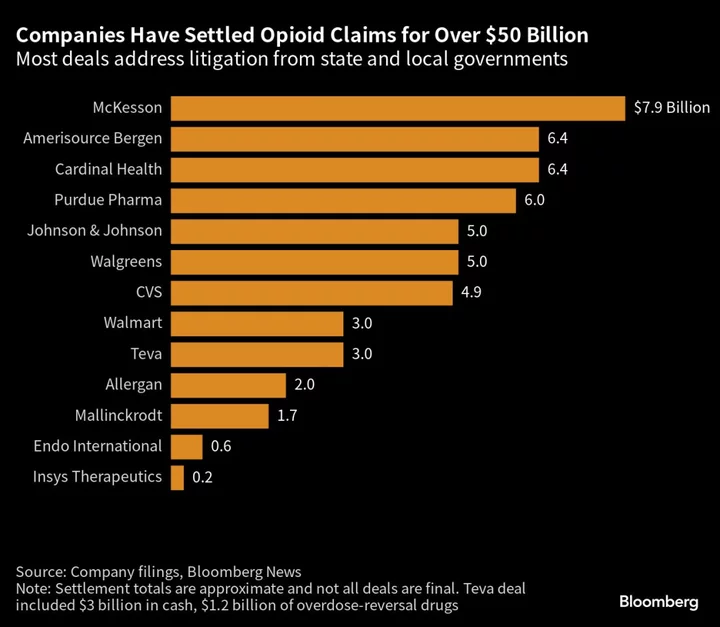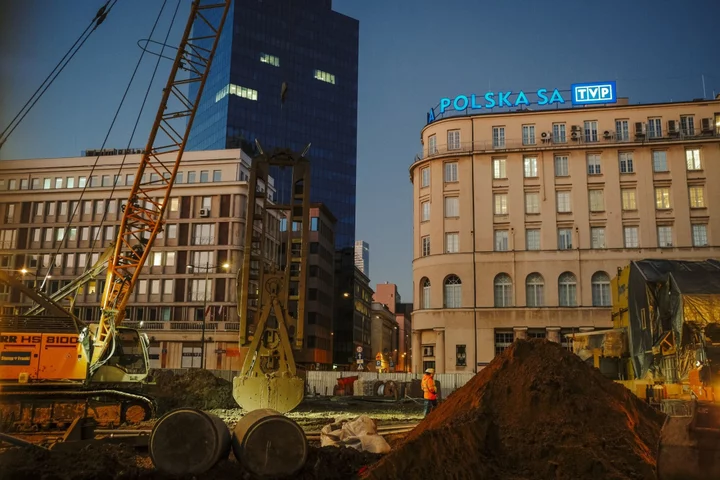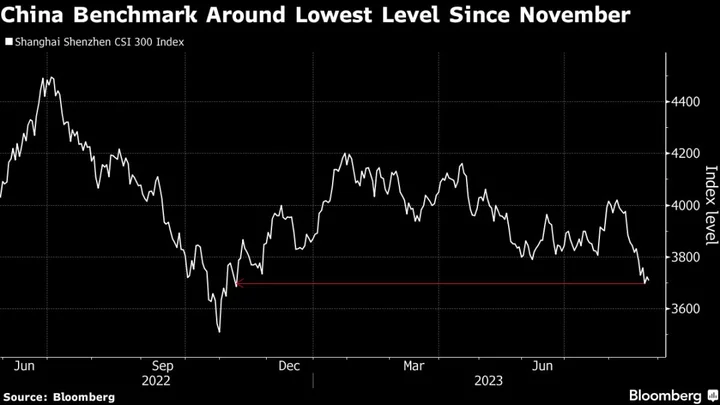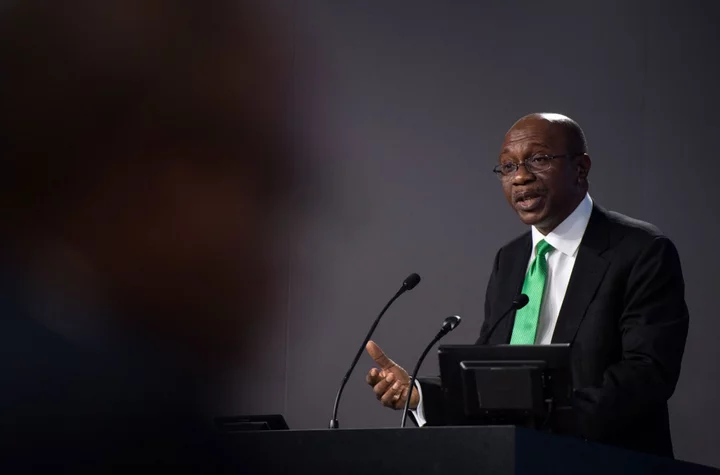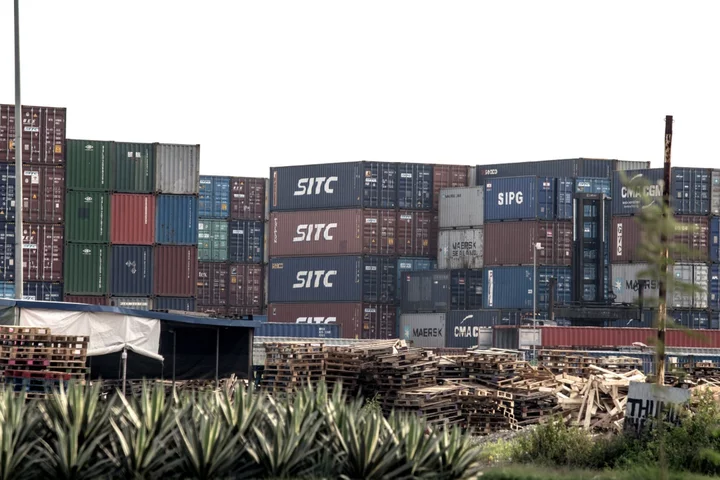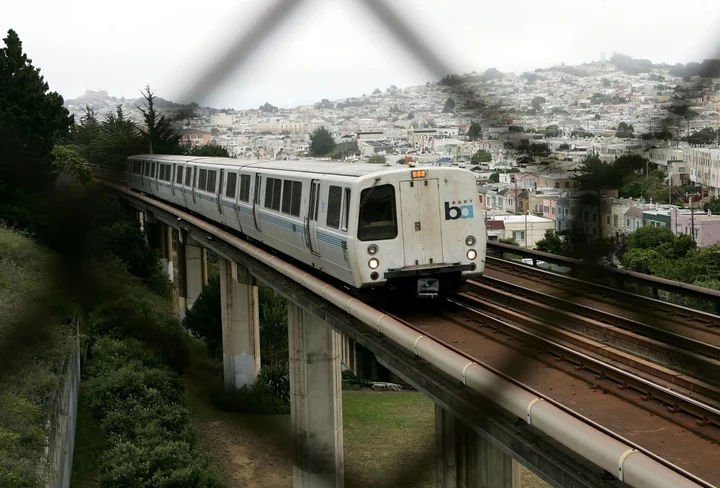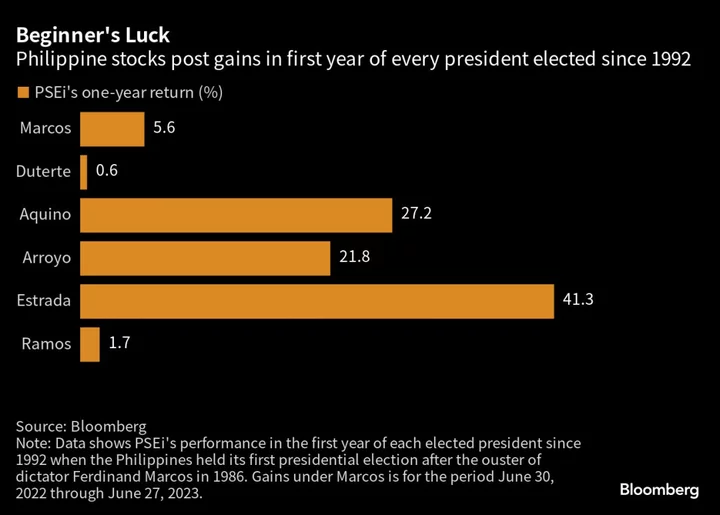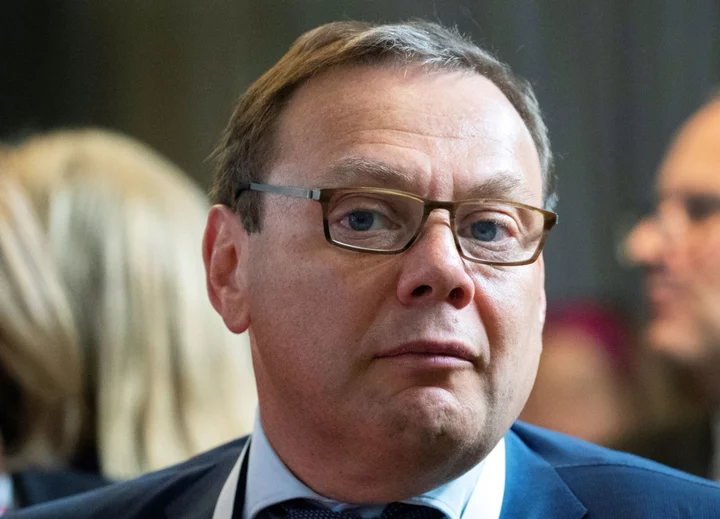A major US opioid settlement is on the verge of unraveling.
Mallinckrodt Plc, the drugmaker that first began producing morphine and codeine in 1898, owes states, hospitals, tribes, individuals and others hurt by the opioid crisis $200 million by the end of today. The payment is part of a $1.7 billion settlement that the company started paying last summer to exit a bankruptcy that was triggered by the wave of lawsuits it faced.
But Mallinckrodt’s business is sputtering, and some of its lenders, alarmed at how the company is burning through cash, are urging management to renege on the deal.
Lawyers for the victims are vowing to fight back. What makes the situation all the more galling to them is that, due to complexities in allocating payouts, many of their clients have yet to receive a single penny from an initial $450 million payment Mallinckrodt made last year. “We’re not going to take this lying down,” said Don Barrett, a lawyer representing 950 hospitals. “This is taking money away from hospitals, it’s taking money away from victims.”
US bankruptcy law doesn’t work in victims’ favor, though. The opioid lawsuits may have been what drove the company to bankruptcy but victims are relatively far back in line for repayment. The company’s lenders have all, or certainly much of the power, thanks to claims they have on its assets. Many in that group are the ones arguing that Mallinckrodt can’t afford to make the payment, and should skip it in hopes of negotiating a new, less onerous deal, potentially by filing for bankruptcy again.
“I don’t know if parents have the energy to start all over again,” said Kay Scarpone, whose son Joseph died of an overdose in 2015. She said victims’ family members endured a painful process of collecting death certificates, coroner reports, old pharmacy prescriptions, rehab information and other documentation to prove their loved ones used Mallinckrodt’s products, and are unsure if they’ll be compensated
“We’re the ones that are hurt, yet they’re going to pay off their hedge funds and loans and that’s where the money is going to go? It’s very disheartening to all of us, to kind of sit back and see how our judicial system just works.”
Mallinckrodt’s struggles — and the prospect that victims could receive less money than promised — reveal problems with using bankruptcy court to settle tens of thousands of injury claims en masse, an approach that was also taken by Purdue Pharma LP and other opioid makers including Insys Therapeutics Inc. and Endo International Inc. Those restructurings are so far holding up.
A representative for Mallinckrodt declined to comment.
Missed Projections
Mallinckrodt entered bankruptcy in October 2020, the third major drugmaker to go bust after being swamped with lawsuits alleging harm from its products. In June 2022, it emerged from court protection having cut a quarter of its debt and made a preliminary payment under the settlement deal that called for it to pay $1.7 billion over eight years. The company’s Chairman Paul Bisaro called the exit “a new beginning.”
But just a year later, the company is mired in crisis again as sales of its blockbuster drug, Acthar Gel, disappoint. Its earnings last year missed projections it made as part of its bankruptcy, and it expects its 2023 results to be as much as 35% lower than it previously anticipated.
Bankruptcy judges have an independent duty to test whether a Chapter 11 plan is likely to succeed. However, if plans have wide support from creditors who accept projections and the risks underpinning a restructuring, as most Mallinckrodt creditors did, judges rarely demand a separate financial analysis, bankruptcy specialists said.
Lawyers and financial advisers ultimately believed the bankruptcy plan could work even if Mallinckrodt struggled and that the deal was better for opioid victims than liquidating the company.
On Thursday, Mallinckrodt skipped interest payments on two of its bonds, starting the clock on a 30-day grace period. It said it would use that period to keep negotiating with creditors, and that options including another bankruptcy filing remain on the table. And the company is negotiating a waiver with lenders to delay the $200 million payment Friday, Bloomberg reported.
A second Chapter 11 filing would represent the failure of its court-approved restructuring plan, which cost the company some $600 million and came together after thousands of hours of work from the nation’s top lawyers and financial advisers.
Bankruptcy Playbook
Bankruptcy has become an increasingly popular venue for companies to settle mass litigation, but Chapter 11 still treats victims like business vendors that sit behind lenders with liens on company assets, said Bruce Markell, a Northwestern Pritzker School of Law professor and retired bankruptcy judge. Litigants thrust into Chapter 11 against their will don’t have special priority for repayment, which higher ranking secured lenders can use to their benefit, he said.
“In one sense, it’s hard to blame people for maximizing the leverage the current law gives them,” Markell said.
Settlement beneficiaries could file a lawsuit if the payment is skipped, but any litigation or judgments would be immediately halted if Mallinckrodt returns to Chapter 11. Administrators overseeing the trust charged with distributing the settlement funds have also threatened to take legal action against Mallinckrodt, its board and senior management if the payment isn’t made, the company said earlier this month.
Meanwhile, individual opioid victims haven’t received any of their money yet. Administrators have spent the past year figuring out how to fairly distribute the funds to individuals and other affected groups, and some of the initial payment is covering administrative costs and expenses for lawsuits intended to recover more cash and insurance proceeds for claimants.
Lawyer Celeste Brustowicz, who represents babies born with neonatal abstinence syndrome from opioid exposure in the womb, said settlement funds would provide financial support for mothers and their children and fund research to improve care for affected children, but she’s unsure her clients will see any of the roughly $10 million they were set to receive after an initial $1.5 million payment last year.
Brustowicz said the results from the opioid manufacturers’ bankruptcies have been disappointing.
“I don’t know the answer is but I know the system we have can be improved,” she said.

